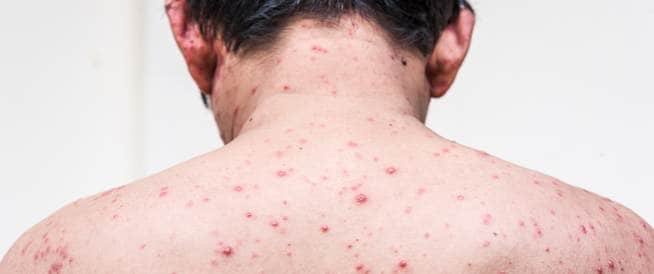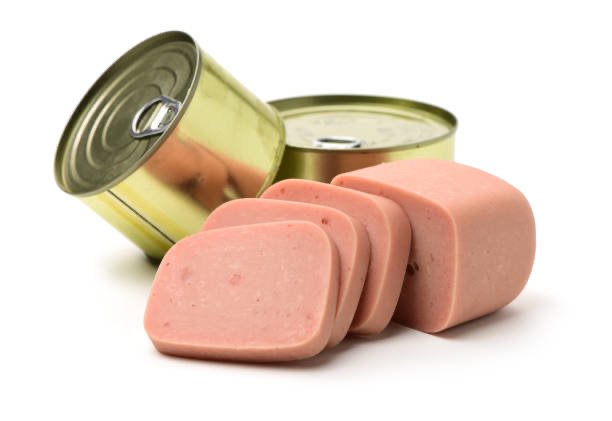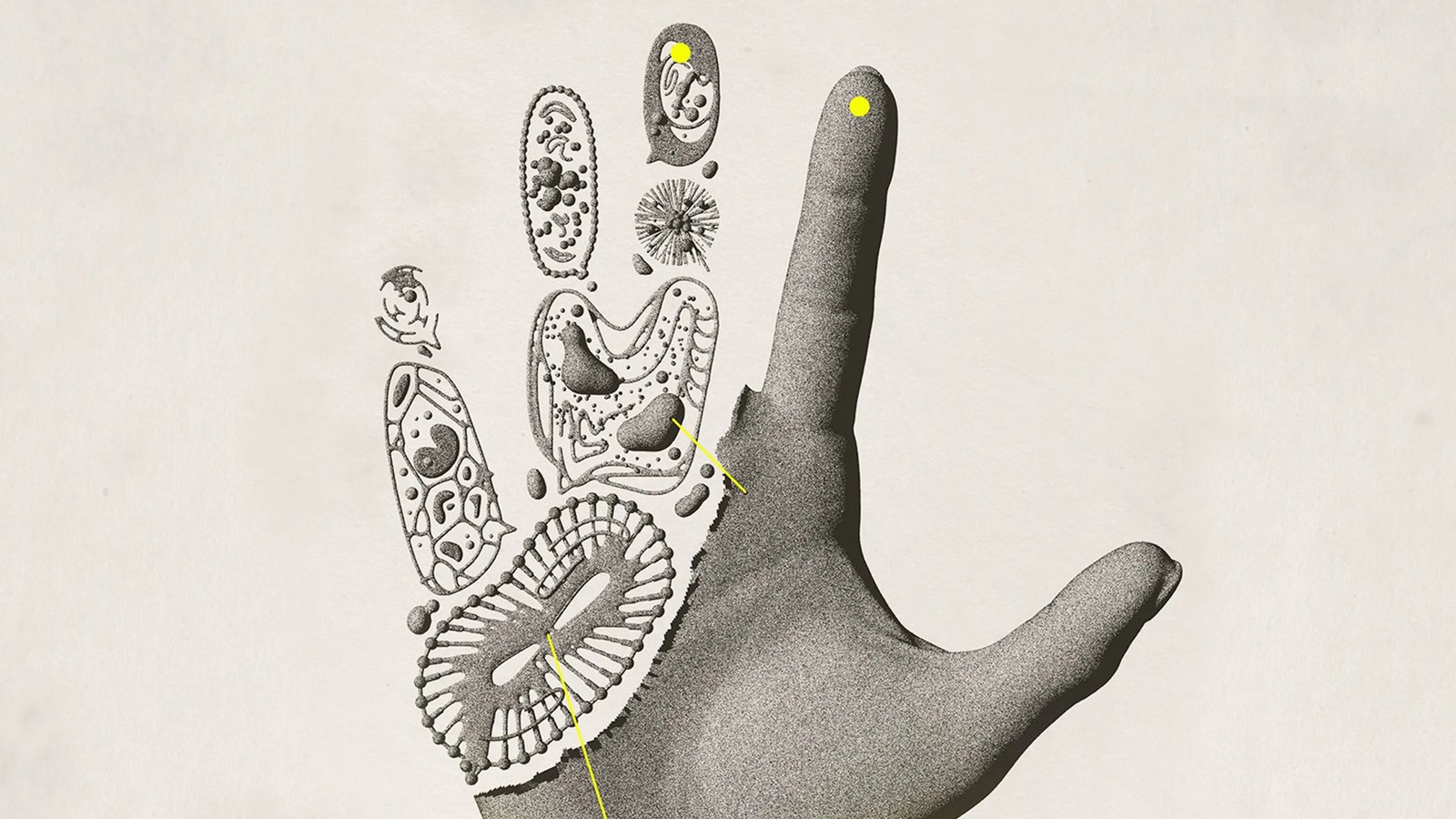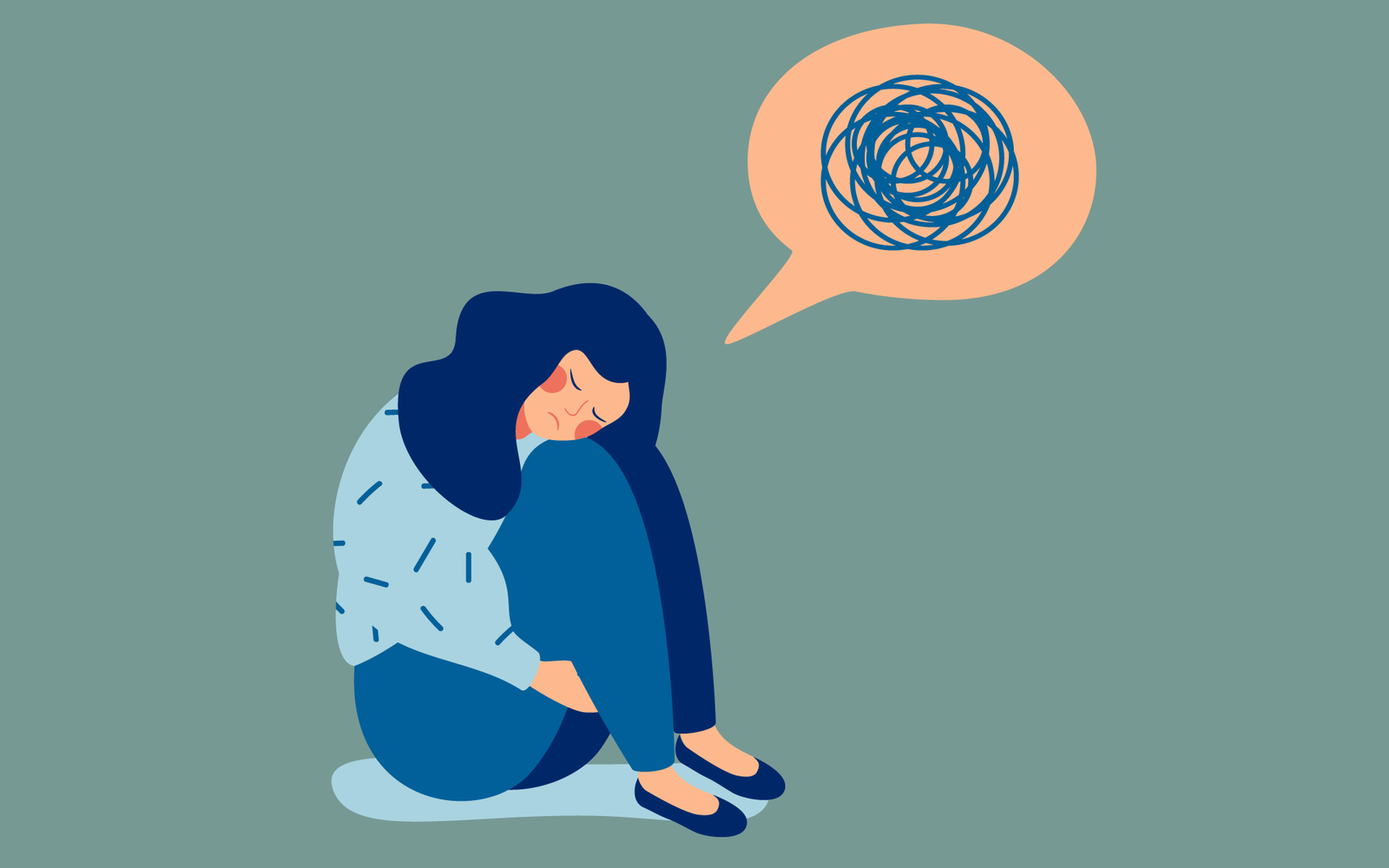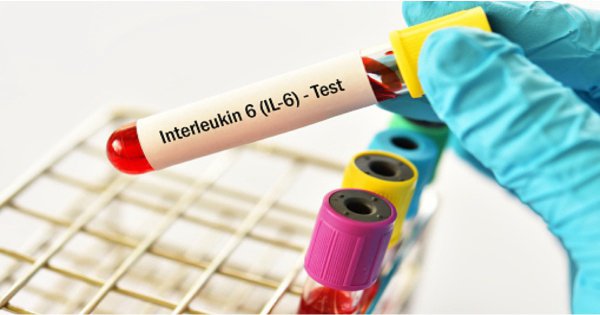Back acne, commonly referred to as “bacne,” can be a frustrating and embarrassing skin condition that affects many people. Although acne is most commonly associated with the face, the back is another area where breakouts can occur due to a variety of factors. In this article, we will explore the causes of back acne, the best treatments available, and ways to prevent future breakouts. Whether you’re dealing with mild or severe bacne, understanding the condition is the first step to achieving clearer, healthier skin.
What is Back Acne?
Back acne is essentially the same as acne that occurs on the face, but it develops on the back. The skin on the back is thicker and contains more oil-producing glands (sebaceous glands) than the skin on the face, making it a prime area for acne to develop. Back acne can range from small pimples to painful cysts, and it often affects people in their teenage years or early adulthood, though it can persist into later years as well.
Just like facial acne, back acne is caused by clogged hair follicles and pores. When these pores become blocked with excess oil, dead skin cells, and bacteria, it leads to inflammation and the formation of acne.
Common Causes of Back Acne
1. Excess Sebum Production
Sebum is the natural oil produced by the sebaceous glands to keep the skin moisturized. However, when the body produces too much sebum, it can mix with dead skin cells and clog pores. The back has a high concentration of sebaceous glands, which means it is more prone to excess oil production, especially in humid environments or during periods of hormonal changes.
2. Sweat and Friction
Frequent sweating, especially during physical activity or in hot climates, can exacerbate back acne. Sweat can mix with dirt and oil, clogging pores and creating a breeding ground for acne-causing bacteria. Tight-fitting clothing, backpacks, and sports gear that rub against the skin can also cause irritation, worsening breakouts through a process known as “acne mechanica.”
3. Hormonal Fluctuations
Hormones play a significant role in acne development. During puberty, pregnancy, menstruation, or even stress, hormonal changes can increase the production of androgens, which in turn stimulate sebaceous glands to produce more oil. This excess oil production increases the likelihood of clogged pores and acne flare-ups.
4. Genetics
Genetic predisposition can also contribute to the development of back acne. If your family has a history of acne-prone skin, you are more likely to experience it yourself. While you can’t change your genetic makeup, understanding your predisposition can help you manage and treat the condition more effectively.
5. Improper Skincare Routine
Using the wrong skincare products can trigger or worsen back acne. Oily or comedogenic (pore-clogging) products can lead to the formation of pimples, blackheads, and cysts. Additionally, not cleansing the back regularly can allow sweat, bacteria, and dead skin cells to build up, resulting in breakouts.
Types of Back Acne
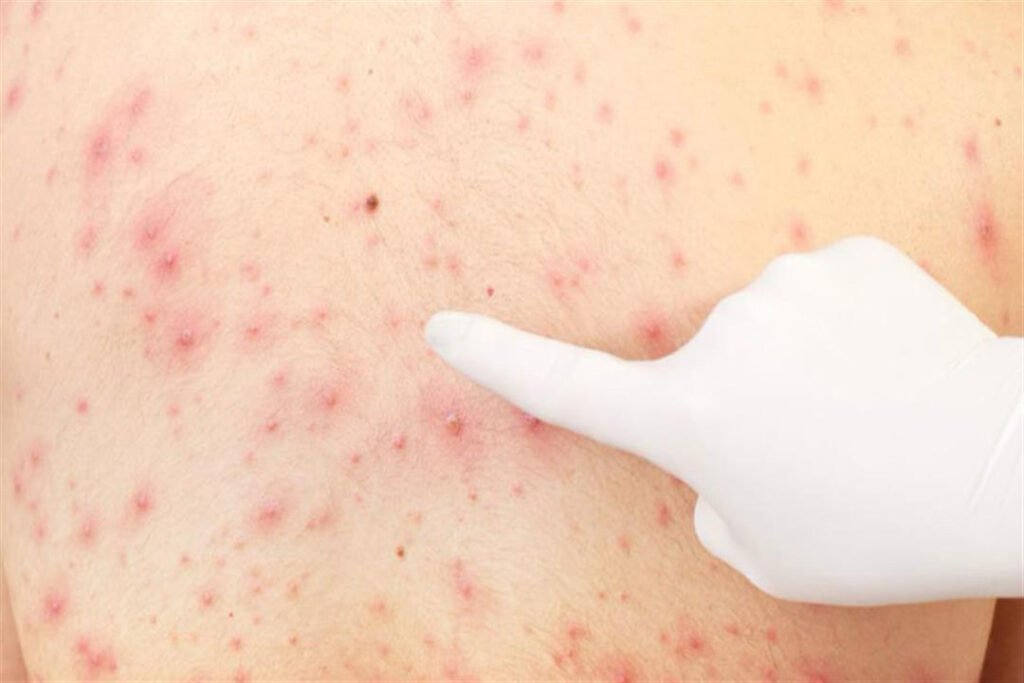
Back acne can manifest in several forms, including:
- Whiteheads and Blackheads: Non-inflammatory types of acne caused by clogged pores.
- Papules: Small, raised bumps that are often red and inflamed.
- Pustules: Pimples filled with pus, often surrounded by red, inflamed skin.
- Cysts: Large, painful, and deep-seated pimples that can lead to scarring if not treated properly.
Effective Treatments for Back Acne
Treating back acne requires a combination of proper skincare, lifestyle changes, and, in some cases, medical intervention. Here are some of the most effective treatments:
1. Topical Acne Treatments
Over-the-counter (OTC) topical treatments containing ingredients like benzoyl peroxide, salicylic acid, and alpha hydroxy acids (AHAs) can be highly effective in treating back acne. These ingredients work by killing acne-causing bacteria, reducing oil production, and promoting the shedding of dead skin cells. Products such as acne washes, sprays, and creams can be applied directly to the affected areas.
- Benzoyl Peroxide: A powerful antibacterial agent that targets the bacteria responsible for acne. It also helps to reduce inflammation and clear clogged pores.
- Salicylic Acid: A beta hydroxy acid (BHA) that exfoliates the skin and helps to unclog pores by removing dead skin cells.
- AHAs (Glycolic Acid and Lactic Acid): These acids help exfoliate the skin’s surface, promoting cell turnover and preventing clogged pores.
2. Prescription Medications
For more severe cases of back acne, prescription medications may be necessary. Dermatologists may prescribe topical retinoids, antibiotics, or oral medications to help control acne. Some common prescriptions include:
- Topical Retinoids: These vitamin A derivatives help to unclog pores and prevent new acne lesions from forming.
- Oral Antibiotics: In cases of inflamed acne, oral antibiotics may be prescribed to reduce bacteria and inflammation.
- Isotretinoin (Accutane): A powerful oral medication used to treat severe and persistent acne. It works by shrinking the sebaceous glands and reducing oil production.
3. Laser and Light Therapies
Laser and light-based treatments can also be used to treat back acne. These therapies work by targeting acne-causing bacteria and reducing inflammation in the skin. Blue light therapy, for example, is particularly effective in killing bacteria and reducing active acne lesions.
4. Exfoliation
Regular exfoliation can help prevent back acne by removing dead skin cells and keeping pores clear. However, it’s important to use gentle exfoliants, as harsh scrubbing can irritate the skin and make acne worse. Opt for chemical exfoliants like salicylic acid or glycolic acid, which dissolve dead skin cells without the need for physical scrubbing.
5. Lifestyle Changes
Making certain lifestyle adjustments can significantly reduce back acne:
- Shower After Sweating: Washing your back immediately after sweating can help remove excess oil, dirt, and bacteria, preventing clogged pores.
- Wear Breathable Fabrics: Opt for loose-fitting, breathable clothing made from materials like cotton to reduce friction and allow your skin to breathe.
- Avoid Heavy Backpacks: If possible, reduce the weight of backpacks or sports equipment that presses against your back, as friction can lead to irritation and breakouts.
Preventing Back Acne
Preventing back acne is often easier than treating it once it appears. Here are some tips to help keep your skin clear:
1. Maintain a Consistent Skincare Routine
Cleansing your back regularly with a gentle, acne-fighting body wash can help prevent breakouts. Incorporate products containing salicylic acid or benzoyl peroxide into your routine to keep pores clean and oil production under control.
2. Avoid Oily or Comedogenic Products
When selecting skincare and body care products, look for labels that say “non-comedogenic” or “oil-free.” These products are less likely to clog pores and cause acne.
3. Exfoliate Weekly
Exfoliating once or twice a week can help remove dead skin cells that contribute to clogged pores. Use a chemical exfoliant to prevent irritation and ensure that you’re not over-exfoliating.
4. Shower After Exercise
Sweat and bacteria can quickly build up on your skin after exercising, so it’s important to shower as soon as possible. Use a gentle exfoliating body wash to cleanse your back and prevent clogged pores.
5. Stay Hydrated and Eat a Balanced Diet
Drinking plenty of water and maintaining a healthy, balanced diet can promote overall skin health. Some studies suggest that diets high in processed foods, sugar, and dairy may contribute to acne, so consider adjusting your diet if you notice a connection between certain foods and your breakouts.
Conclusion: Clearer Skin is Within Reach
Back acne can be frustrating, but it’s a common condition that can be effectively managed with the right approach. By understanding the causes of back acne, incorporating proper skincare techniques, and making necessary lifestyle changes, you can achieve clearer, healthier skin. Whether you’re dealing with mild breakouts or severe cystic acne, there are a variety of treatments available to help you regain control and confidence.
For further information on back acne and scientifically backed treatments, visit these reliable resources:
By following these expert tips and consulting with a dermatologist when necessary, you can take the first step toward clear, acne-free skin.
